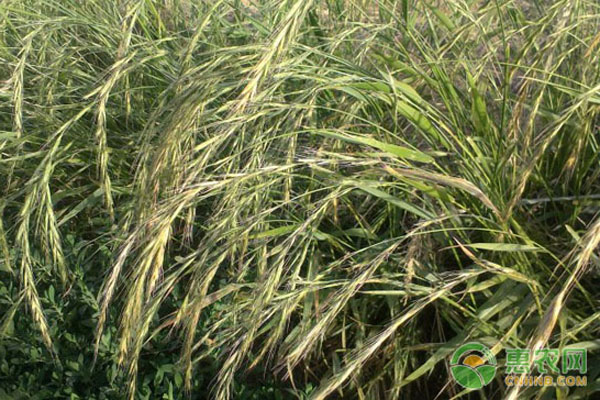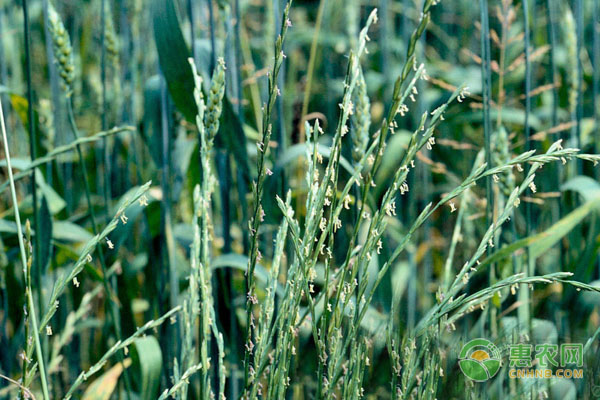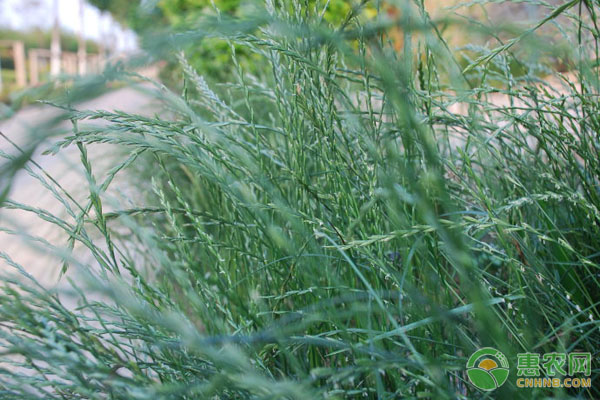How to deal with wild wheat in wheat field? Introduction of prevention period and method of wild wheat
Wild wheat includes buckwheat, wild oats, and pitched wheat, and many wheat fields are exposed to wild wheat. Wild wheat not only competes with wheat for water and fertilizer, competes for sunshine, competes for space, but also easily induces wheat to fall, resulting in reduced production. So how to deal with wild wheat? Let's look at the eradication methods and methods of wild wheat.

First, the reasons for the difficulty of controlling wild wheat
1. Wild wheat seeds have strong vitality
Buried 20 cm of tillage layer can survive for 2 to 3 years or even longer. Once the external conditions permit, it can germinate, grow and bear. Some seeds can germinate after being burned in the stomach and in the stomach of the animals.
2, strong reproductive ability
Wild wheat has a strong tillering ability. Generally, a single plant can produce 10 to 20 tillers, and basically can produce seed and ear. The amount of production increases as the conditions of the fertilizer and water improve. Wild wheat is highly competitive and forms a strong competition with wheat.
3, early maturity, easy to fall off
It is 5 ~ 10 d earlier than wheat, the grain is small, the ear is loose, the seed is easy to fall after maturity, and the mechanical harvest makes the seed drop serious. Seeds are the main source of re-infection.
4, a wide range of transmission
The transportation of wheat seeds and the cross-regional operation of the harvester, carrying wild wheat seeds, led to long-distance transmission. Wild wheat seeds are light and can spread with wind or irrigation water, infecting adjacent or downstream fields. Some of the unfermented organic fertilizer may contain wild wheat seeds, which can cause re-infection if applied to farmland.

Second, measures and methods to control wild wheat
1, select seeds
Before the wheat is planted, select the fine seeds and remove the wild wheat. If possible, seed coating can be applied, or coated seeds can be purchased directly.
2, chemical control
Currently the most effective herbicide for wild wheat is methyl disulfuron (Sima) oil suspension. Before the wintering of the wheat, after the weeds are out, 30 ml of the suspension of 30% Shima oil can be used, plus 100 ml of special additives, 30 kg of water, preferably using special nozzles. In general, medicine is not recommended in spring.
3, manual extraction
Chemical control of incomplete wheat fields is a very effective method for manual extraction in the spring of the second year. Although it can be removed before the wild wheat matures, the earlier the extraction time, the better. Wild wheat can be identified from the wheat stand-up period, especially after wheat heading. To be rooted and removed, the size is pulled together and continuously removed 2 to 3 times. The unplugged plants must be taken out of the field to concentrate, bury, burn or feed the animals. At the same time, the weeds in the Tianyu Ditch are removed to reduce the spread of the source.

The eradication methods and methods for wild wheat were all introduced. In order to ensure the high yield of wheat, it is imperative to control the wild wheat, so it is necessary to remember the farmers who grow wheat.
Anti-Cut Pvc Coated Gloves,Cut-Proof Pvc Gloves,Pvc Safety Cuff,Kevlar Linning Pvc Gloves
JINAN SHANDE SECURITY TECHNOLOGY CO., LTD , https://www.sdsxlb.com
